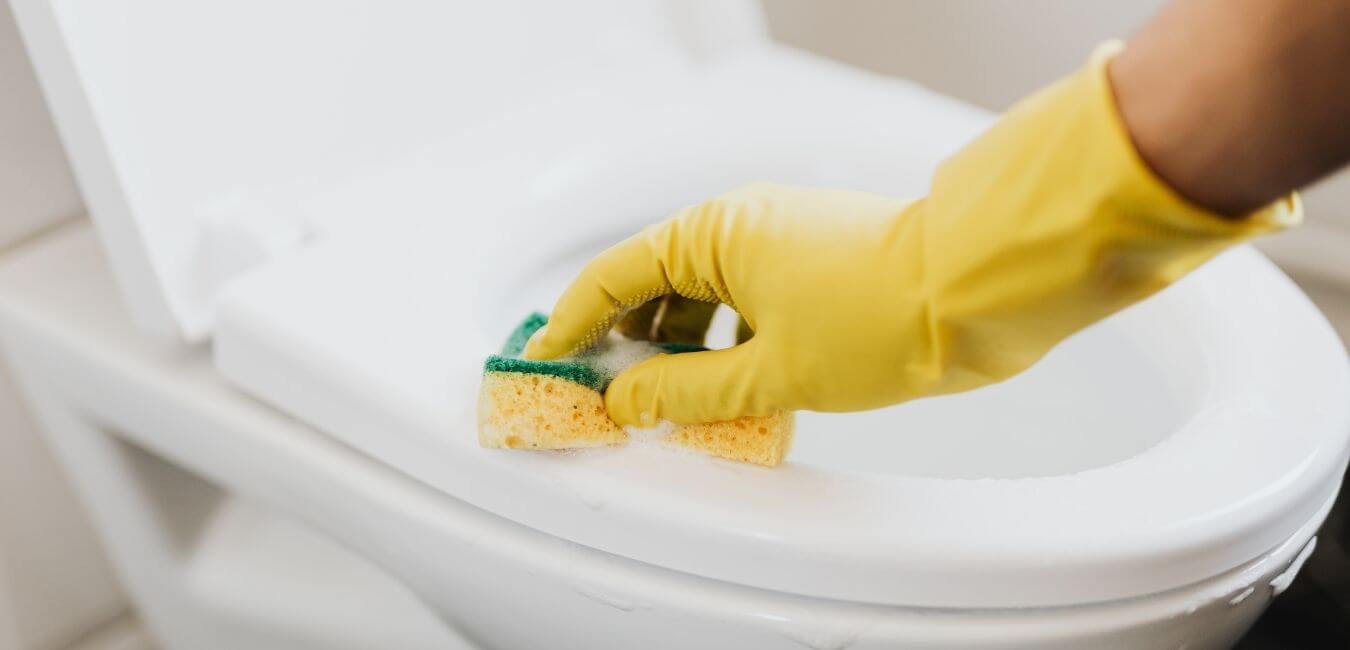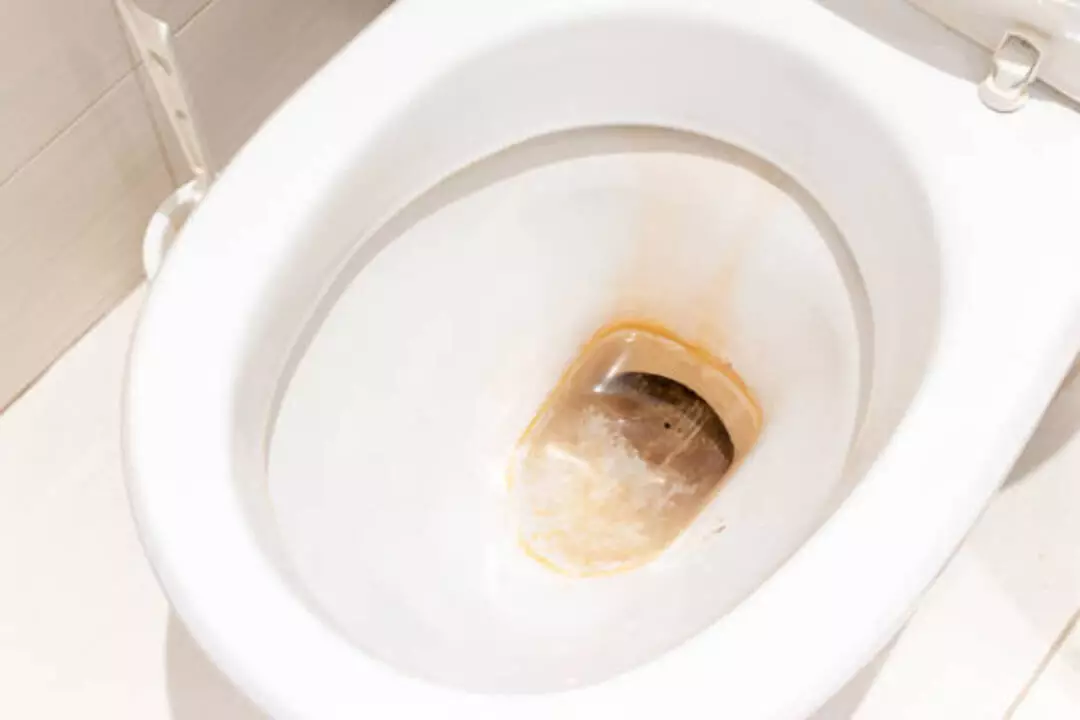Are your hardwood floors losing their luster because of dust? The secret lies in understanding the right cleaning techniques.
This article, “The Ultimate Guide: Best Dusting Techniques for Hardwood Floors,” shares exclusive insights to help you keep your precious floors sparkling clean.
Read on, and let’s bring back the shine to your hardwood floors together!
KEY INFORMATION
- Proper dusting techniques for hardwood floors are crucial to prevent damage and maintain their luster.
- The right tools, such as microfiber cloths or mops, can effectively remove dust without scratching the surface.
- Regular sweeping or vacuuming is essential to keep hardwood floors clean and free from dust buildup.
- Mopping with the correct solution and spot cleaning promptly can help maintain the beauty of hardwood floors.
- Deep cleaning with a hardwood floor cleaner is recommended for removing stubborn stains and grime.
- Identifying the type of finish on your hardwood floors helps determine the appropriate cleaning methods.
- Use TSP for oil stains and ice to remove wax or gum from hardwood floors effectively.
- Scrub gently using soft-bristle brushes or sponges along with a mild cleaner when dealing with stubborn stains.
The Importance of Proper Dusting Techniques for Hardwood Floors

Proper dusting techniques for hardwood floors are crucial to prevent damage, and finding the right tools and techniques can help keep your floors in pristine condition.
Damage caused by dust
Dust can harm your hardwood floors. It acts like sandpaper. Each time you walk on dust-covered floors, it grinds into the wood. Over time, this can cause scratches and wear down the finish.
The shine of your hardwood might fade too. That’s not all! Dust also dulls the color of your floor making it look old before its time. So, don’t let dust sit for long on your floors.
Finding the right tools for dusting
To effectively dust hardwood floors, it’s important to find the right tools for the job. Using the proper tools can make a big difference in how well you’re able to remove dust and debris from your floors.
One tool that is highly recommended is a microfiber dust mop or microfiber cloth. These tools are great at trapping fine dust particles and pet hair. Avoid using abrasive materials like brooms with stiff bristles, as they can scratch the surface of your hardwood floors.
Instead, opt for gentle and soft materials that won’t cause damage. Additionally, consider using a floor-safe vacuum cleaner with a brush attachment for those hard-to-reach areas or high-traffic zones on your wood floors.
Choosing the right technique
To ensure that you choose the right technique for dusting hardwood floors, there are a few things to keep in mind. First, consider the type of tools you have. Using a microfiber dust mop or a vacuum designed for hardwood floors is recommended.
These tools are gentle on the wood while effectively removing dust and debris. Second, think about the condition of your floors. If they’re heavily soiled or have stubborn stains, spot cleaning or deep cleaning might be necessary.
Finally, always prioritize prevention by regularly sweeping or vacuuming your floors to prevent dust buildup and scratches. By following these tips, you can choose the best technique for keeping your hardwood floors clean and looking their best without causing any damage in the process.
Preventing dust buildup
To prevent dust buildup on hardwood floors, it’s important to regularly clean and maintain them. Dust can easily accumulate on the surface of the floor, causing it to look dull and dirty.
To avoid this, make sure to sweep or vacuum your floors frequently using a microfiber dust mop or a floor-safe vacuum cleaner. These tools are effective in removing fine dust particles, pet hair, and other debris that may have settled on the surface.
Additionally, try to keep windows and doors closed as much as possible to minimize the amount of dust entering your home. By following these steps, you can keep your hardwood floors clean and free from unsightly dust buildup.
Recommended Dusting Techniques for Hardwood Floors
Regular sweeping or vacuuming is essential to keep your hardwood floors clean and dust-free. But that’s just the beginning! Discover more effective techniques in our ultimate guide.
Regular sweeping or vacuuming
To keep your hardwood floors clean and free from dust, regular sweeping or vacuuming is essential. This helps remove dirt, pet hair, and other debris that can scratch the surface of your floors.
Using a soft-bristle broom or a floor-safe vacuum with a brush attachment, sweep or vacuum in the direction of the wood grain to effectively collect dust particles.
Sweeping or vacuuming should be done at least once a week for general maintenance. However, high-traffic areas may require more frequent cleaning to prevent dirt buildup. By staying consistent with this cleaning routine, you can maintain the appearance and longevity of your hardwood floors.
Mopping with the correct solution
To effectively clean hardwood floors, mopping with the correct solution is essential. Using too much water or harsh chemicals can damage the wood. Instead, opt for a specially formulated hardwood floor cleaner or a mixture of mild soap and water.
Be sure to wring out the mop thoroughly before mopping to avoid excess moisture on the floors. This will prevent warping and ensure a streak-free shine. Remember to follow the manufacturer’s instructions for any cleaning solutions used on your specific type of hardwood flooring.
By using the right solution and proper technique, you can keep your hardwood floors looking their best without causing any harm.
Spot cleaning for stains
Spot cleaning is an essential technique for removing stains on hardwood floors. When you notice a stain, it’s important to act quickly to prevent it from setting in. One effective method is to use a soft cloth or sponge dampened with water and a mild hardwood floor cleaner.
Gently blot the stain until it disappears. Avoid scrubbing too vigorously, as this can damage the wood. If the stain persists, you can try using a specialized hardwood floor cleaner specifically designed for removing tough stains.
Remember to always follow the manufacturer’s instructions when using any cleaning product on your hardwood floors. By spot cleaning promptly and properly, you can keep your hardwood floors looking clean and beautiful for years to come.
Deep cleaning with a hardwood floor cleaner
To deeply clean your hardwood floors, use a hardwood floor cleaner. Choose a product that is specifically designed for wood floors to avoid damaging the surface. Follow the instructions on the cleaner’s label and mix it with water as directed.
Use a mop or a microfiber cloth dampened with the cleaner solution to gently scrub the floor, removing dirt, grime, and any built-up residue. Make sure to wring out excess liquid from the mop or cloth before cleaning to prevent oversaturation of the wood.
Afterward, allow the floor to air dry completely before walking on it again.
Other Tips for Keeping Hardwood Floors Clean

Identify the type of hardwood finish you have on your floors to ensure you use the proper cleaning techniques and products.
Identifying the type of hardwood finish
To properly clean and maintain hardwood floors, it is important to identify the type of finish they have. The most common types of hardwood finishes are polyurethane, wax, and oil-based finishes.
To determine the type of finish, you can do a simple test by placing a few drops of water on the floor. If the water beads up and stays on the surface, it has a polyurethane finish.
If it soaks into the wood slowly or leaves a dark spot, it likely has an oil-based finish. And if it smears or feels sticky when touched after drying for several minutes, it probably has a wax finish.
Knowing the type of hardwood finish is essential because different finishes require different cleaning methods. For example, polyurethane-finished floors can be cleaned with mild detergent solutions or specialized hardwood cleaners.
Wax-finished floors should only be swept and dry-mopped to avoid damaging the wax layer. Oil-based finished floors may need periodic reapplication of oil to maintain their appearance.
Using TSP for oil stains
To tackle oil stains on your hardwood floors, you can turn to TSP (trisodium phosphate). TSP is a powerful cleaner that can effectively remove stubborn grease and oil stains. Mix a small amount of TSP with warm water according to the manufacturer’s instructions.
Dip a soft cloth or sponge into the solution and gently scrub the oil stain. Be sure to rinse the area thoroughly with clean water afterward. Remember to wear gloves and follow safety precautions when using TSP, as it can be harmful if not used properly.
Removing wax and gum with ice
To remove wax or gum from hardwood floors, you can use a simple trick – ice. Just place an ice pack or ice cubes in a plastic bag and place it over the wax or gum. Leave it there for a few minutes until the substance hardens.
Once it’s hardened, gently scrape it off with a plastic scraper or credit card. Be careful not to scratch the floor while doing this. This method is effective in removing stubborn wax and gum without damaging your hardwood floors.
Scrubbing stubborn stains
To tackle stubborn stains on your hardwood floors, you’ll need a gentle but effective cleaning method. First, identify the type of stain you’re dealing with, as different stains may require different treatments.
If it’s an oil-based stain, using trisodium phosphate (TSP) can help break down the grease and remove the stain. For wax or gum stuck to the floor, simply place ice on top of it until it hardens, then gently scrape it off with a plastic scraper.
For general scrubbing of stubborn stains, avoid using abrasive materials that can damage your floors. Instead, opt for a soft-bristle brush or sponge along with a mild hardwood floor cleaner.
Wet the brush or sponge with the cleaner and gently scrub in circular motions over the stained area. Be sure to rinse and dry thoroughly afterward to prevent any residue from causing discoloration.
Remember that prevention is key when it comes to keeping your hardwood floors looking their best. Attend to spills immediately, use rugs or mats in high-traffic areas to minimize dirt and grime buildup, and regularly dust and sweep your floors to prevent scratches and maintain their overall cleanliness.
Conclusion
In conclusion, keeping your hardwood floors clean and dust-free is essential for maintaining their beauty and preventing damage. By following the recommended dusting techniques, such as regular sweeping or vacuuming and mopping with the correct solution, you can easily remove dust and debris from your floors.
Remember to avoid using harsh chemicals or abrasive materials that can scratch the wood. With these tips, you can keep your hardwood floors looking their best for years to come.
FAQs

1. What are some expert tips for dusting hardwood floors?
Bona floor care professionals suggest using a microfiber mop for dusting wood floors, removing crumbs and grit, and preventing scratches on hardwood floors.
2. How do I keep my wooden floors clean and free of dust?
Follow the general rules for cleaning like sweeping and vacuuming often, which helps in keeping hardwood floors clean and dust-free.
3. What tools can I use to clean construction dust from my wooden floor?
You can use specific dusting tools for hardwood floors based on proven methods such as a high-quality vacuum suitable for hardwood flooring.
4. Is it important to regularly remove dirt from my wooden floor?
Yes, it is essential! Properly cleaning wood floors stops scratches while maintaining the shine of your beautiful hardwood surface.
5. Does using a certain type of mop matter when cleaning hard floor surfaces?
For sure! Using a microfiber mop effectively lifts grime, making the task of maintaining clean wooden flooring much easier.









